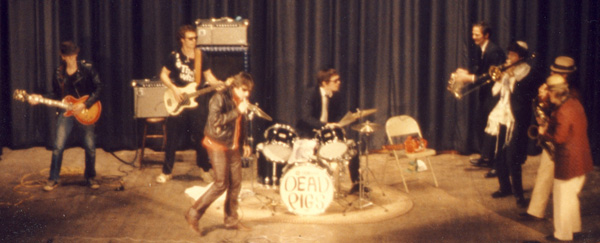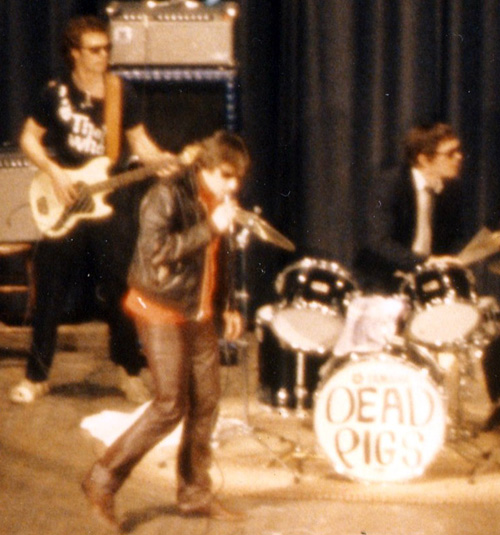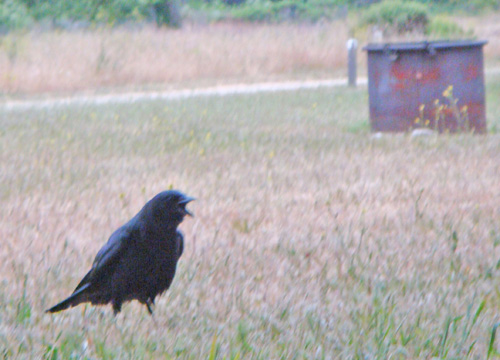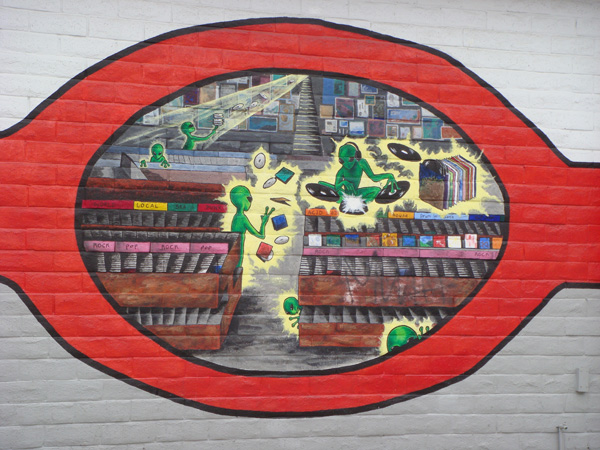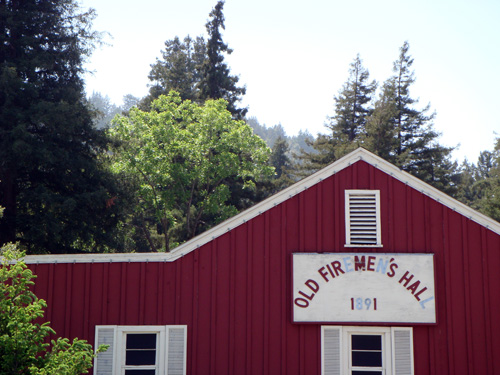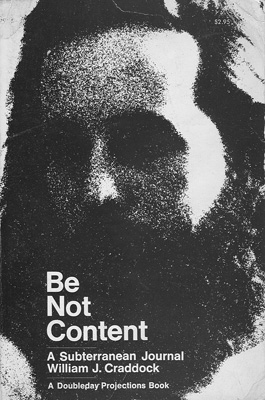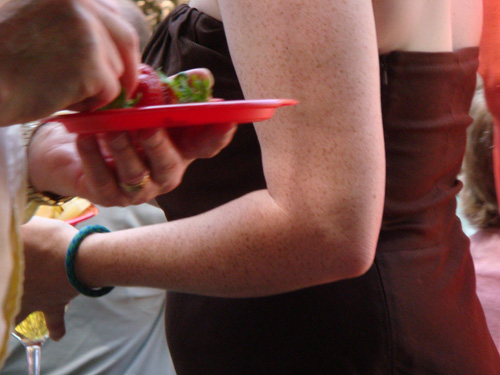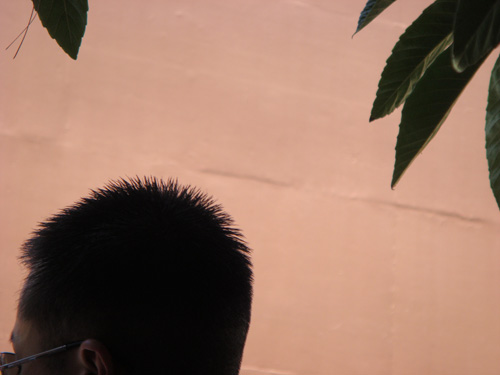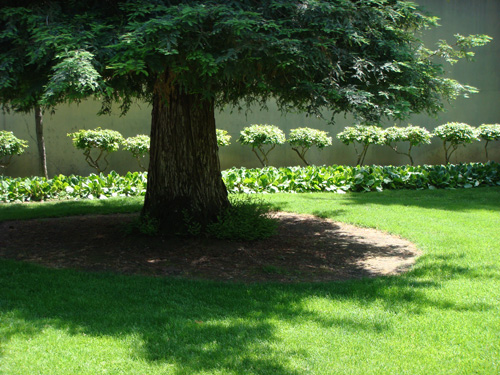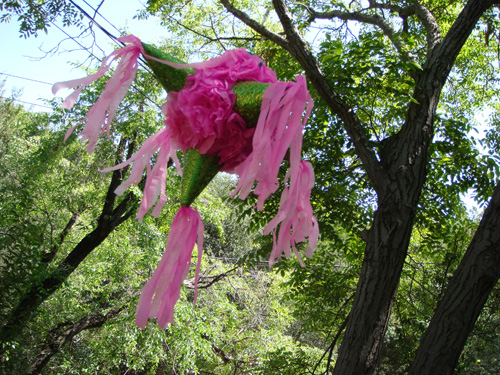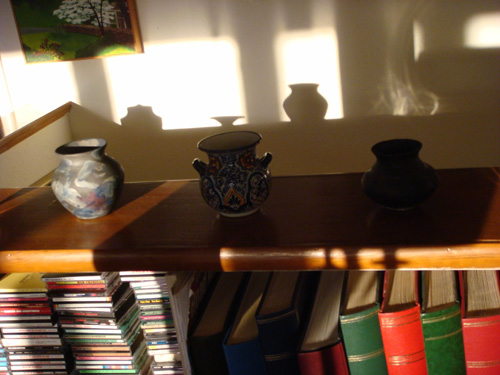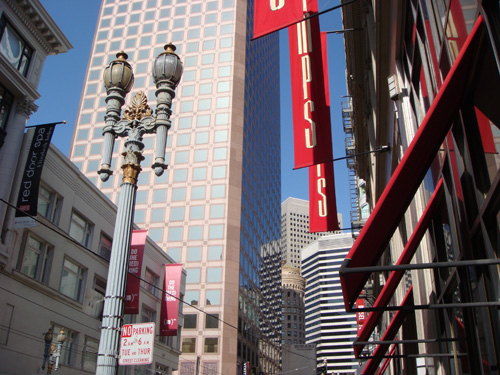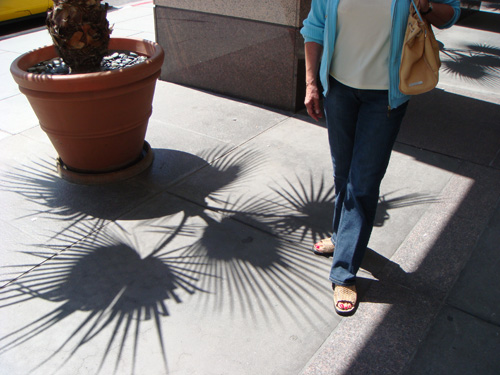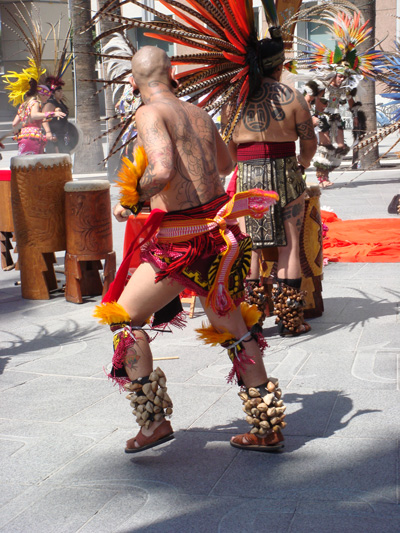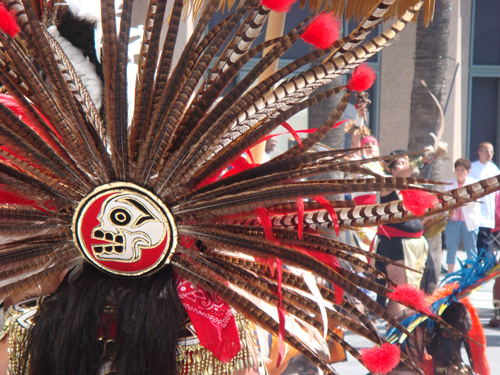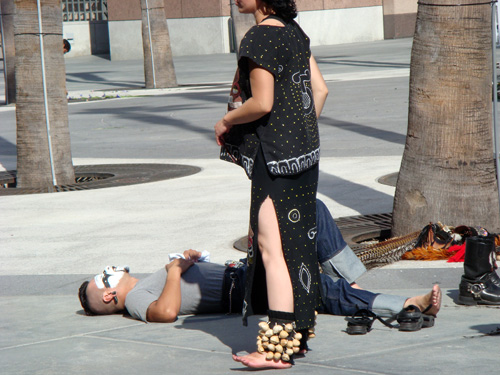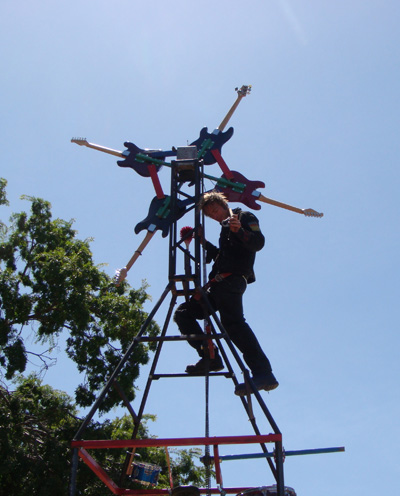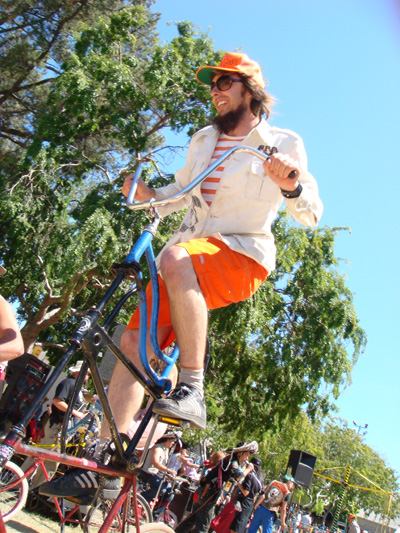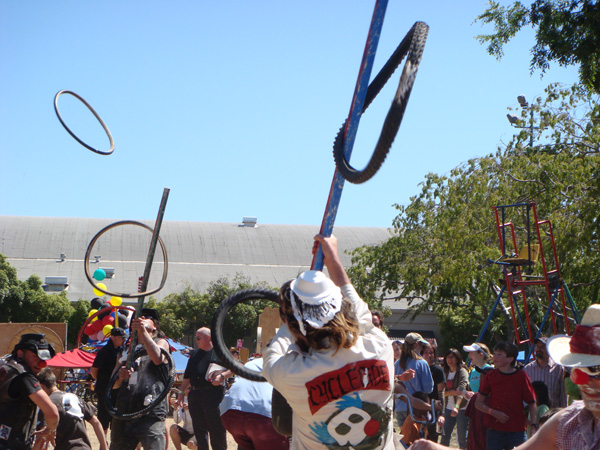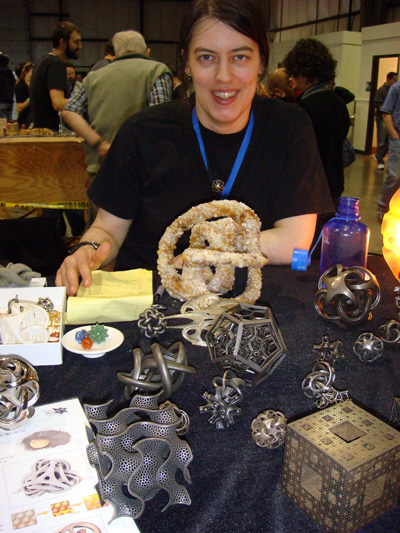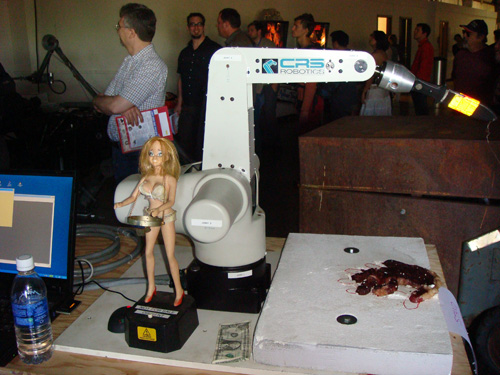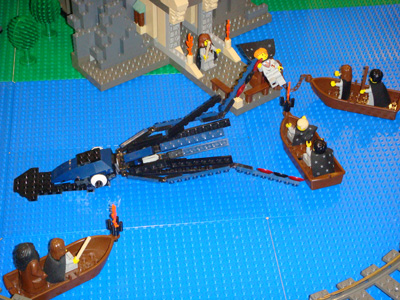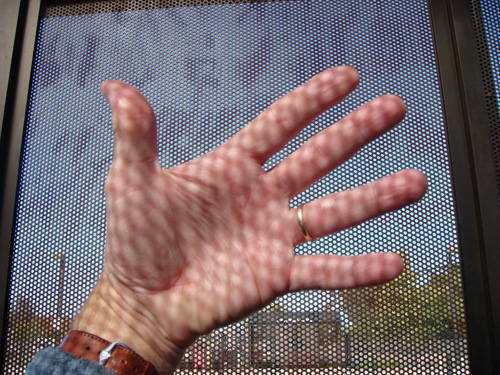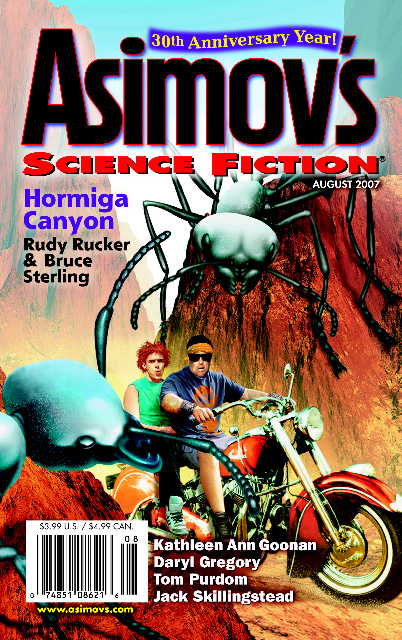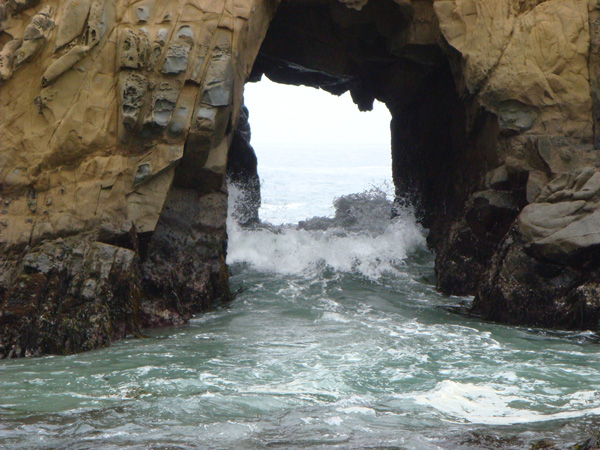
I was at Andrew Molera State Park and Pfeiffer Beach in Big Sur the last couple of days. I put together some videos that I shot there this time plus some Big Sur video from two years ago to make an eight minute You Tube video,“What is Gnarl?” Windows Moviemaker is actually a pretty nice tool. I’d like to clean up the soundtrack, but, hey, it’s gnarly as is.
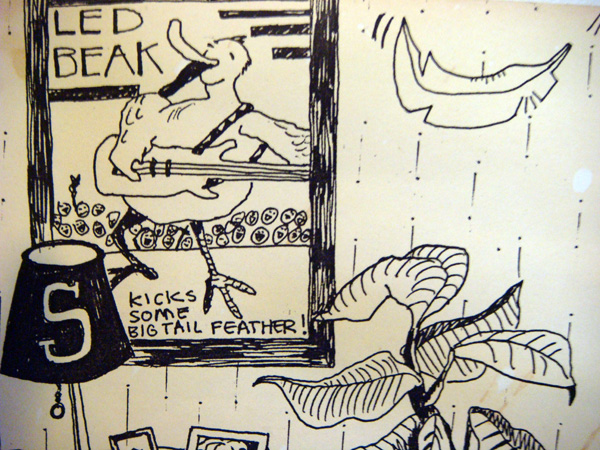
By way of footnote, the bit in “What is Gnarl?” about the seagulls shaking their tailfeathers relates both to Donald Duck in White Light, and to a detail of a drawing that Georgia Rucker did for the Swarthmore College freshman face book, the Cygnet, 1994.

I wrote an essay, “Our Synthetic Futures,” for Newsweek International and it’s online. It describes some possible (fun) outcomes of genomics and synthetic biology. Close students of my work will note that some of these ideas are prefigured in my futurological novel, Saucer Wisdom.
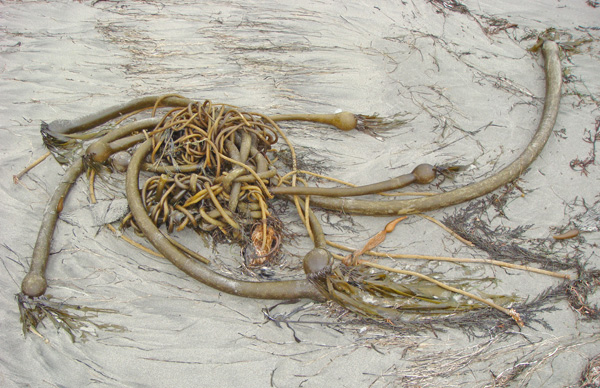
So, like I say, I was in Big Sur the last couple of days. Sitting on a hillock looking at the sea, I had a nice feeling of not thinking. Like what was going on outside didn’t need embellishment. It was exactly what I like. Usually I’m adding ideas, like the little robots watching the bad movies in Mystery Science Theater 3000, or the original Beavis and Butthead commenting on cheesy videos while they play. That’s consciousness, isn’t it, the little comment-bot. But the narrator takes a break when the show is fabulous.
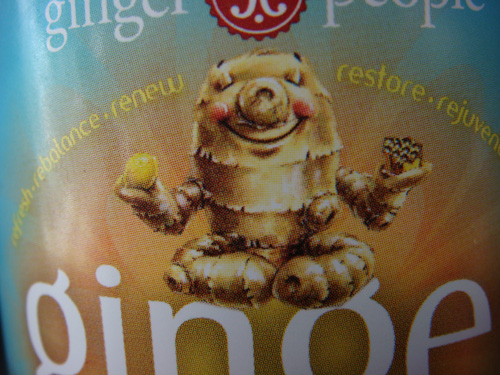
Picture of a ginger root doing yoga from my bottle of Ginger Soother. Here’s a relevant (to not thinking) quote from Pynchon:
“…and now, in the Zone,…after a heavy rain he doesn’t recall, Slothrop sees a very thick rainbow here, a stout rainbow c*ck driven down out of the pubic clouds into Earth, green wet valleyed Earth, and his chest fills and he stand crying, not a thing in his head, just feeling natural… Thomas Pynchon, Gravity’s Rainbow (Penguin 2000 edition), p. 638.
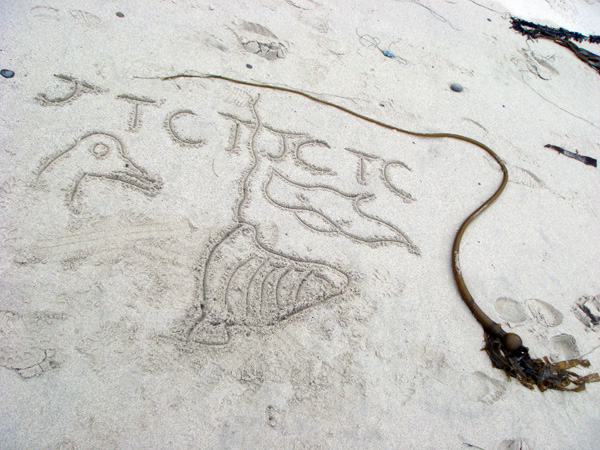
Now I’m trying to get going on Chapter Three again. I thought about the book a certain amount while at the beach. I remembered having a big insight about the story for Mathematicians in Love on Pfeiffer Beach two years ago, and drawing a diagram on the sand. So, for good luck, even though I didn’t have any big insight this time, I drew a diagram of the chapter sequence of POV (points of view) for Hylozoic, along with a picture of a Peng, the Magic Harp, and a Hrull, nicely framed by a kelp stalk. The letters stand for my characters, Jayjay, Thuy and Chu, and I use them to indicate whose point of view I use for the successive chapters. I see the book breaking into two parts, with the sequences J TCT and J CTC.

All these characters appear in my forthcoming novel Postsingular too, by the way. Speaking of Postsingular, I might mention that I got a copy of Word 2007 free from Microsoft for sending in the (apparantly) pirated Word 2003 disk that I’d bought at Fry’s. Word 2007 does a much better job of converting from DOC to PDF than Adobe Reader Professional ever did for me and, hooray, it fixed all the internal links in my three-hundrd page Postsingular Writing Notes PDF document now—you can find the PDF at the Postsingular site.
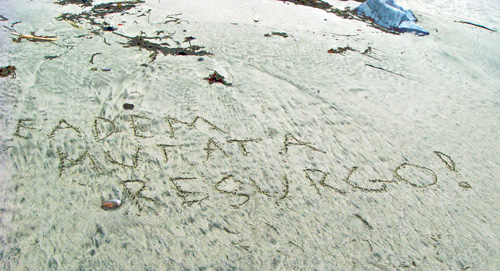
And then I drew the slogan that sparked Frek and the Elixir: “Eadem Mutata Resurgo.” The same, yet changed, I rearise. I wrote this on the beach in 2001. It became Professor Bumby the cuttlefish’s slogan.
Some people walking by decided I really was strange. But everyone expects to see weirdos in Big Sur.

Earlier I’d spent about half an hour rolling crossways on a log, face up, massaging my back in this fashion, groaning with pleasure. I chose the log to be a bit out of the way, in a little gully where I always like to go, the same gully where I filmed the eddy and the plant silp for “What Is Gnarl?”
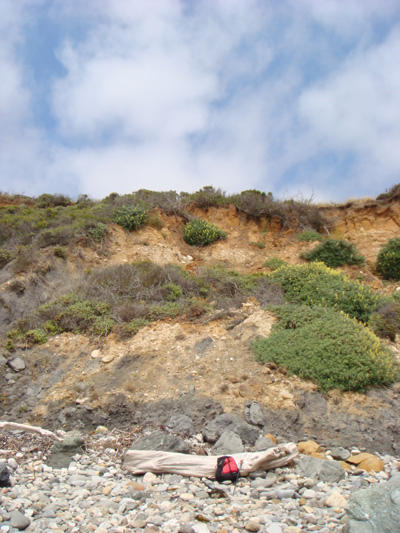
When I was done rolling on the log, and sitting up a bit drunk with chi energy, a couple walked by. The woman said:
“I don’t have my glasses with me and at first when I saw you, I thought you were a mammal.”
“I am a mammal,” I replied.
“I mean like a bobcat or a bear,” she amplified.
“I was getting down to my mammal self,” I said.
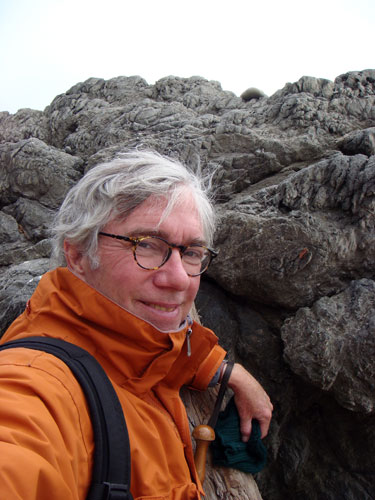
Anyway, those were the two who then saw me drawing the Peng’n’Hrull with points-of-view diagram for Hylozoic with my cane.
“Val fisk,” I told them, by way of explanation. But, you know, sometimes it just gets too remote…
By the way, “val fisk” is Swedish for “whale fish,” as “discussed” in my film, “What is Gnarl?”
I just checked on Google, and there are some women actually named Val Fisk, like one is a teaching assistant in Suffolk, England. How great is that?
